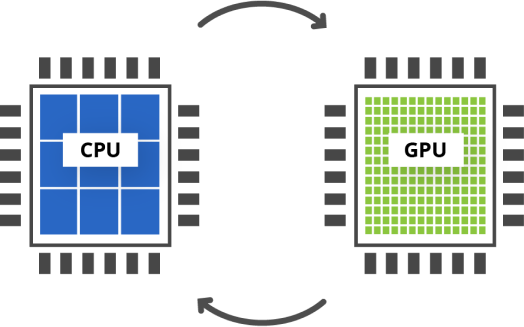
Convolve image guess with PSF guess. Compare the results with the original data. Update the image and (if bling) PSF guess. Continue to the next iteration.


Please view on Desktop for the best experience
Contact: +65 6245 4965
Email: support@asiaimaging.com
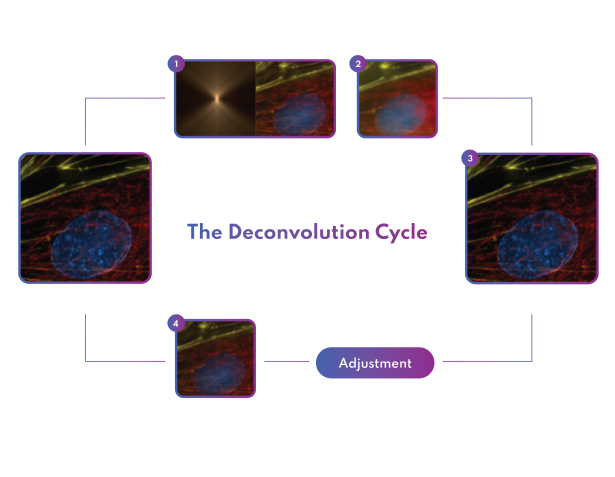

Clearer 2D and 3D images in a fraction of the time
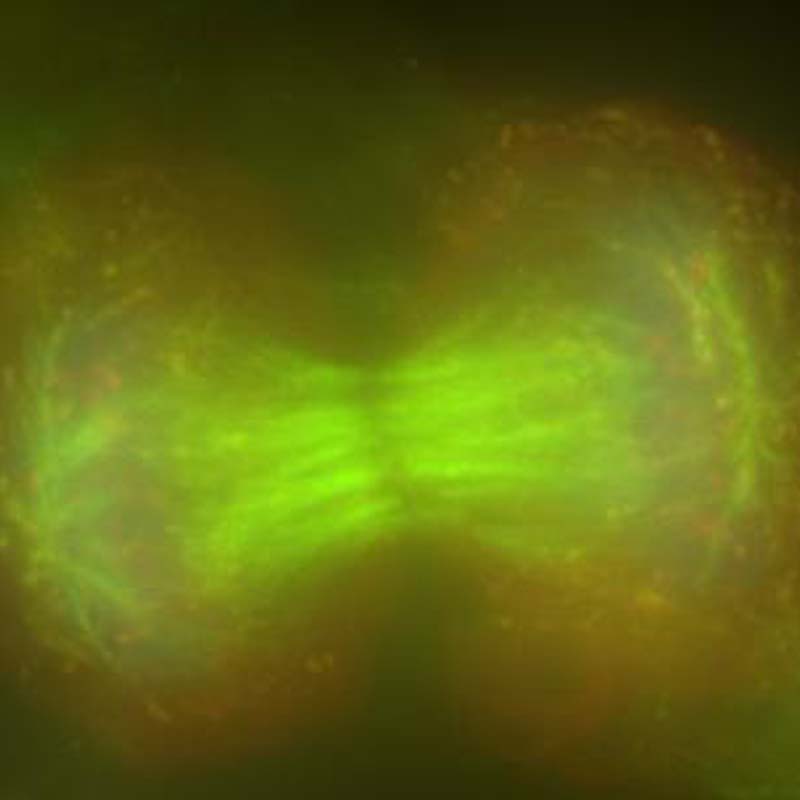
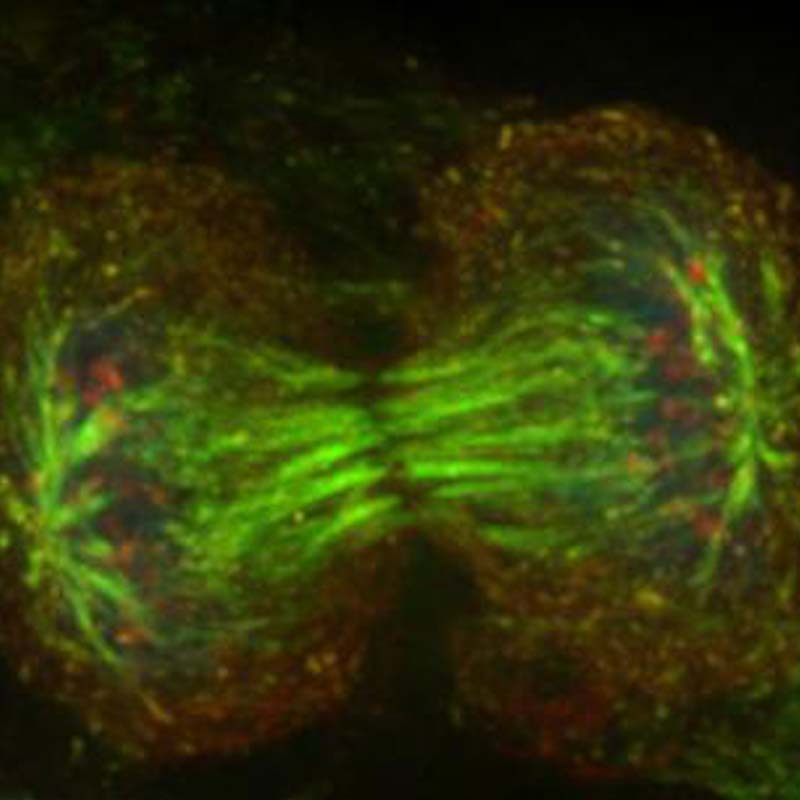
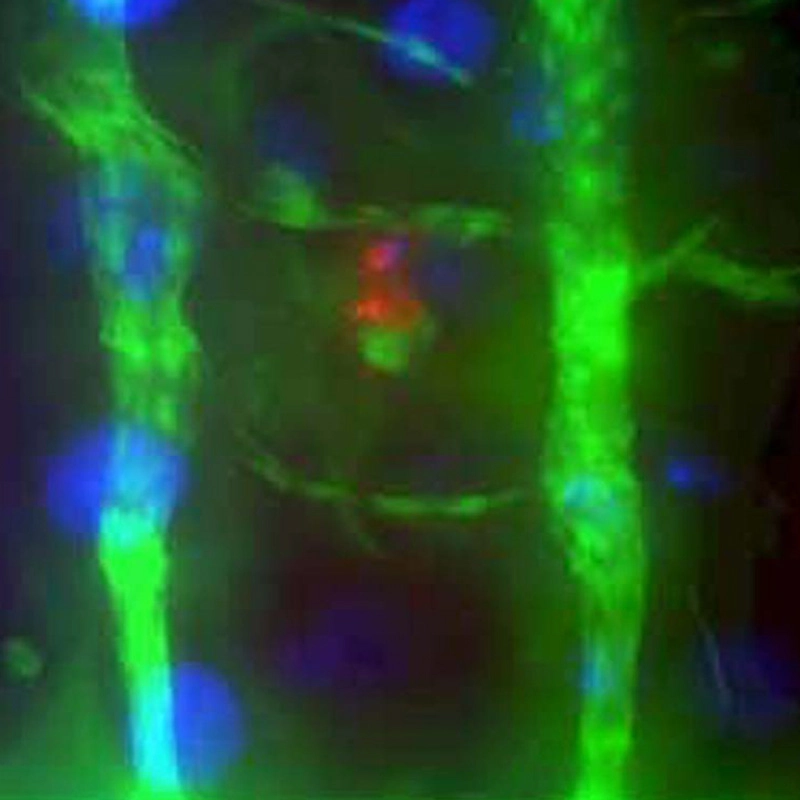
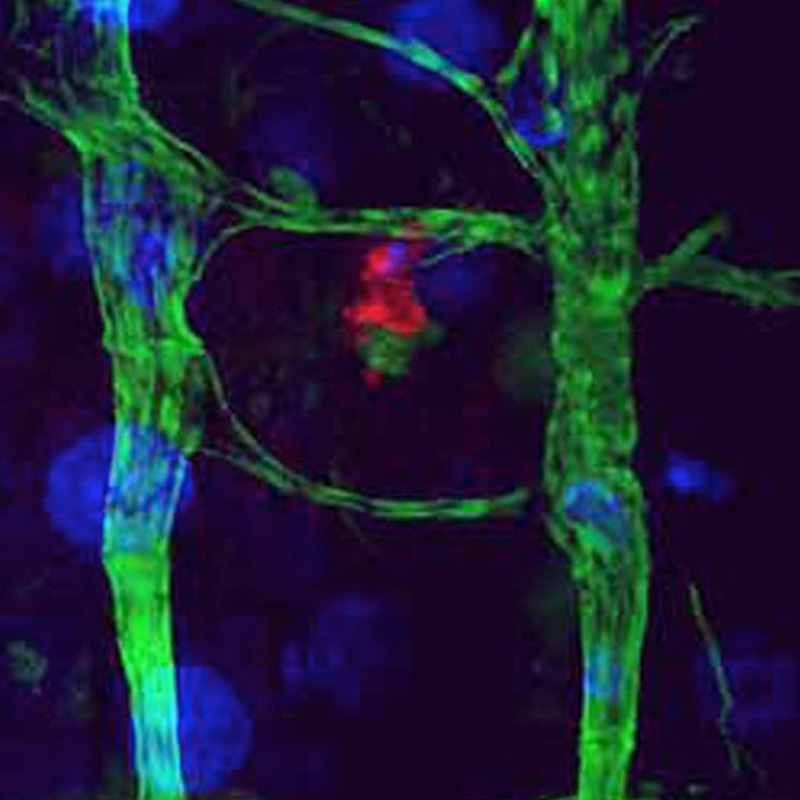
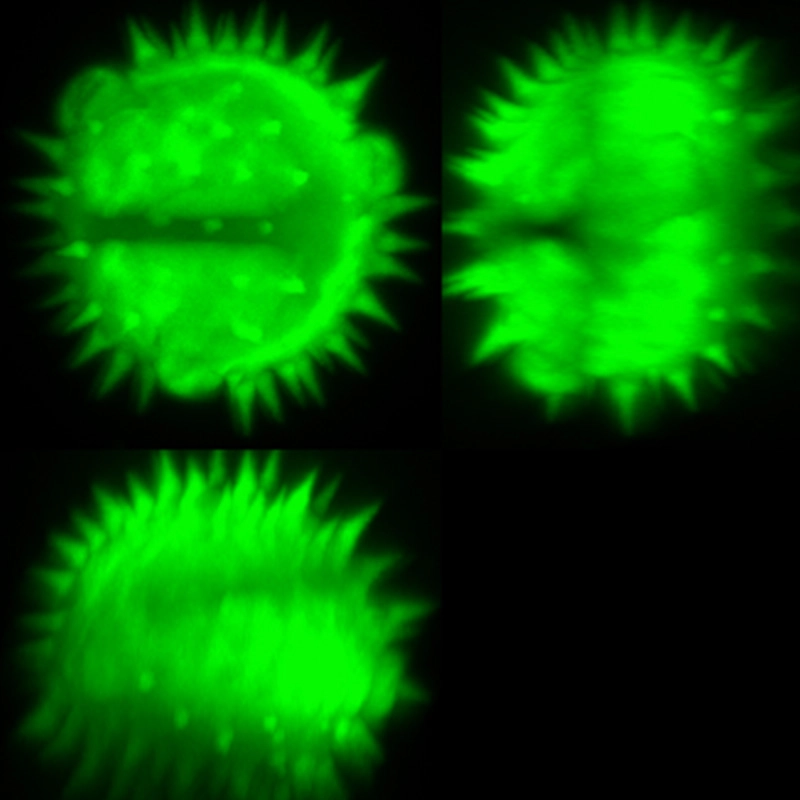
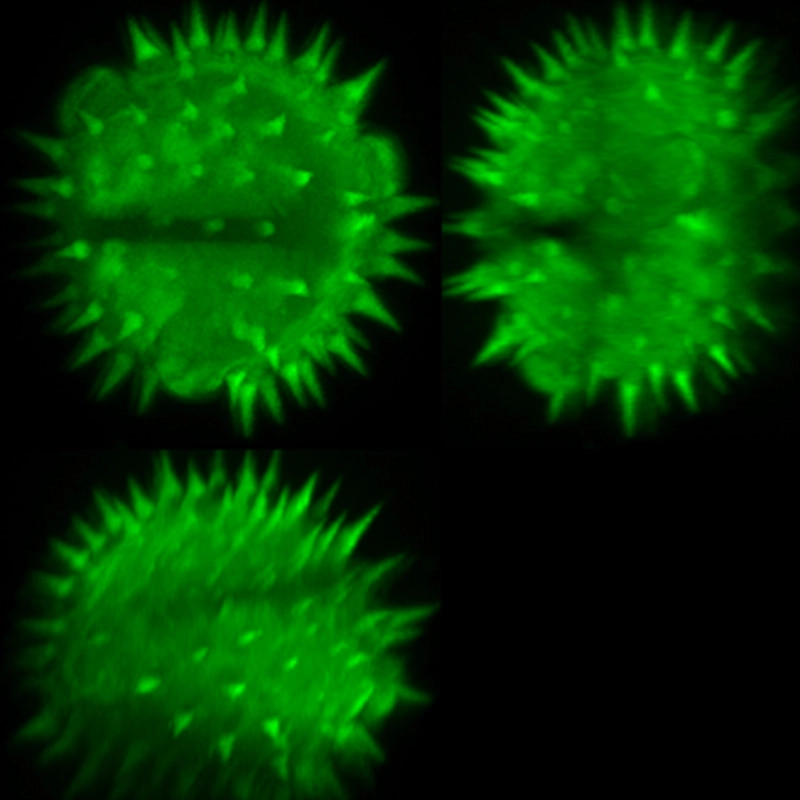
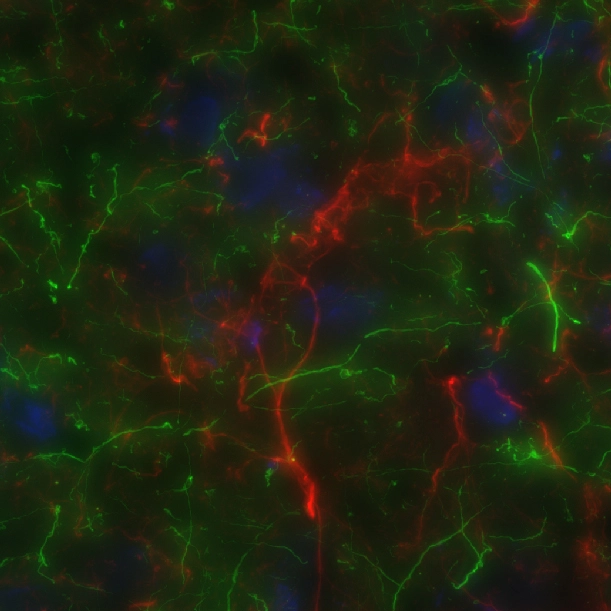
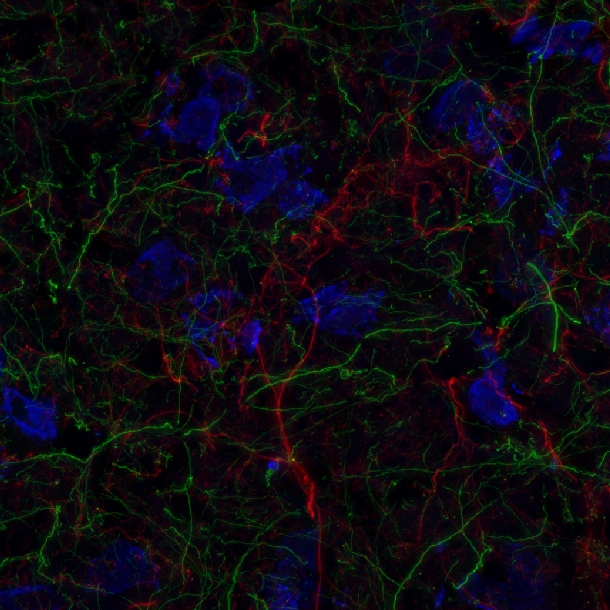
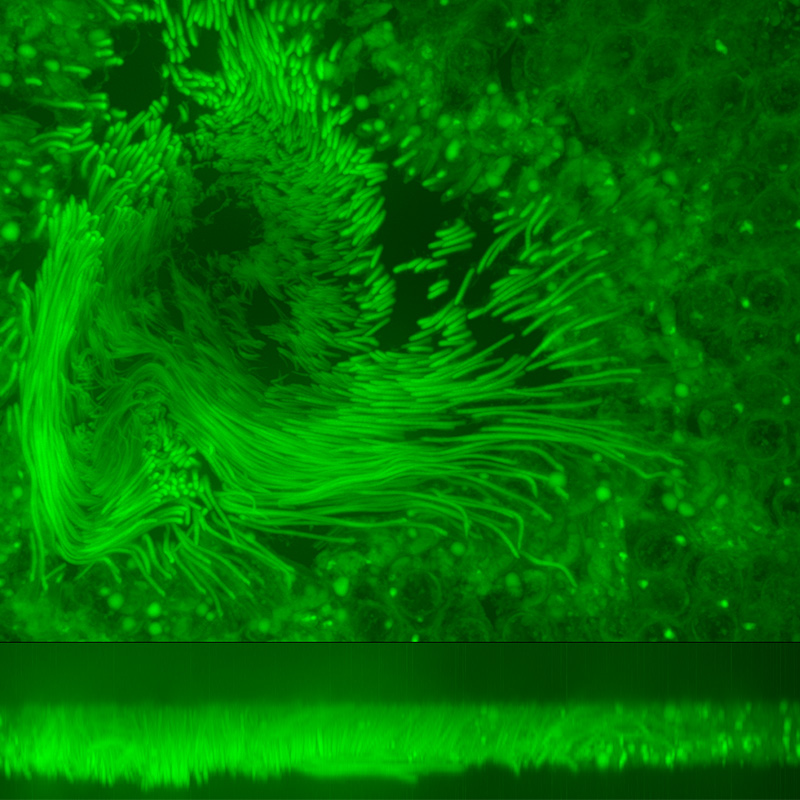
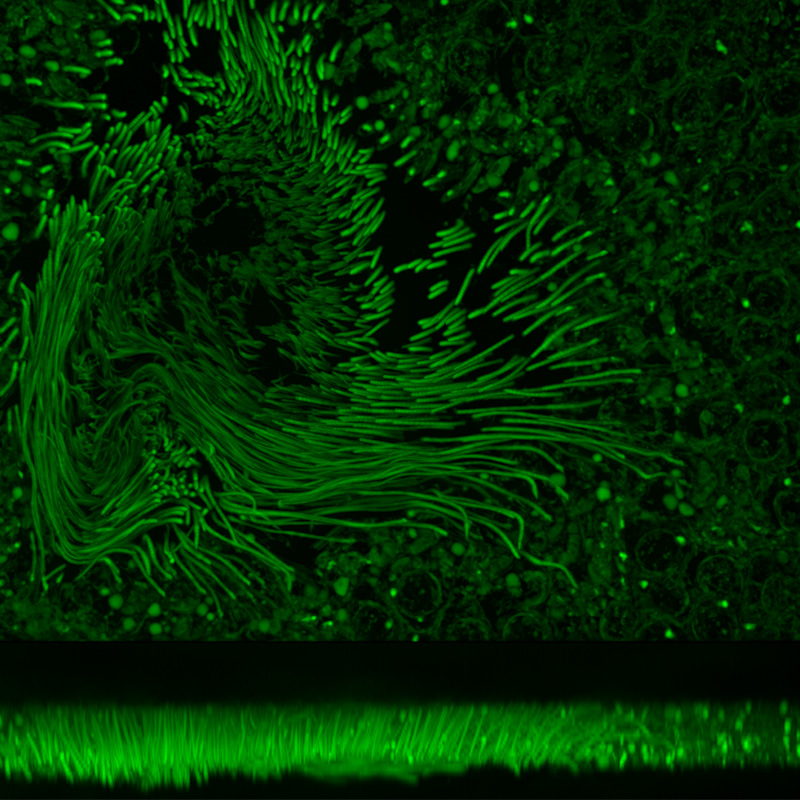
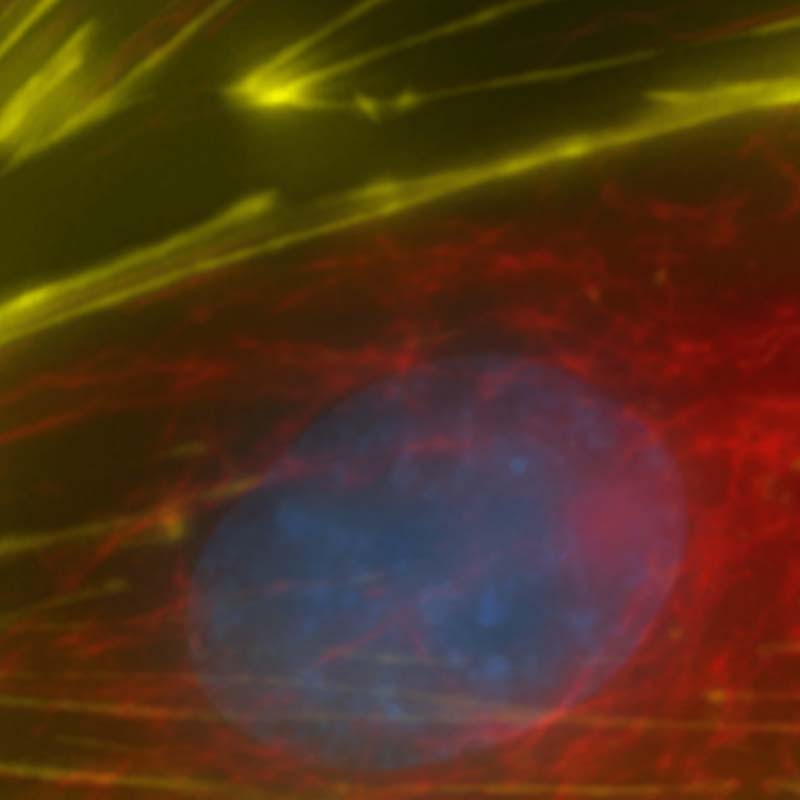
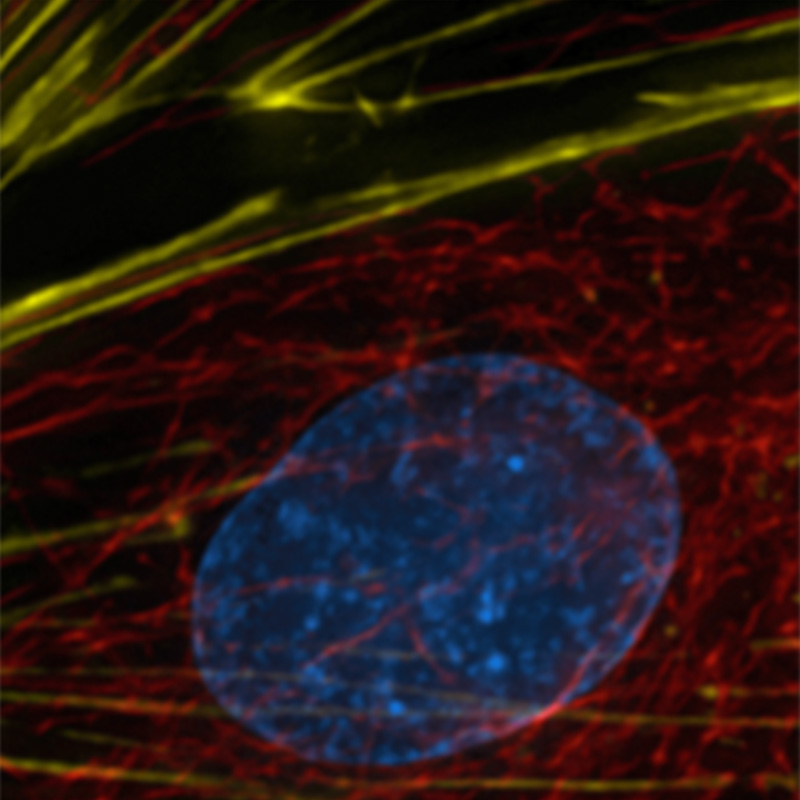
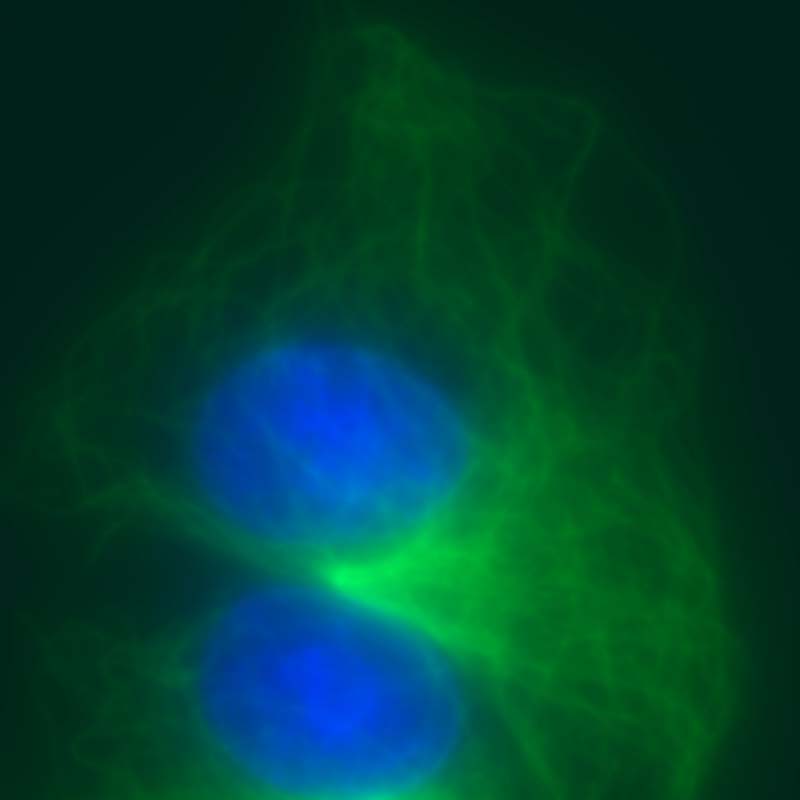
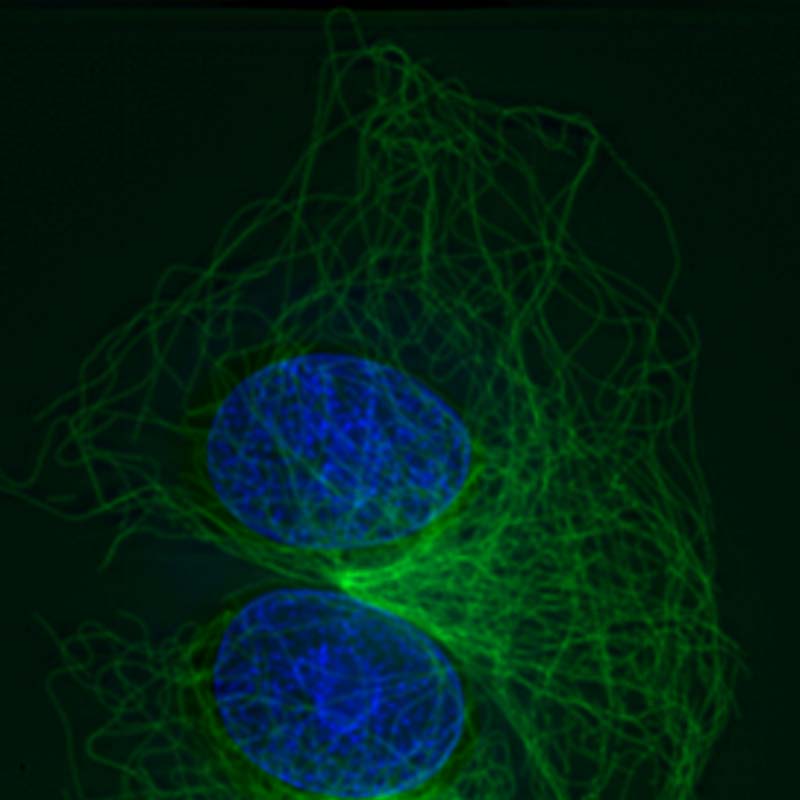
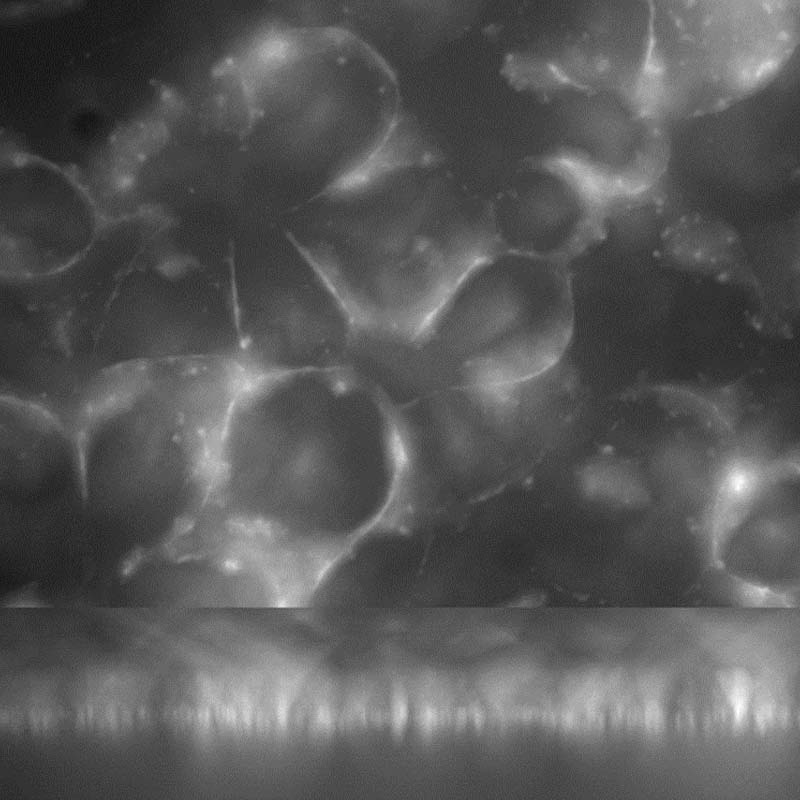
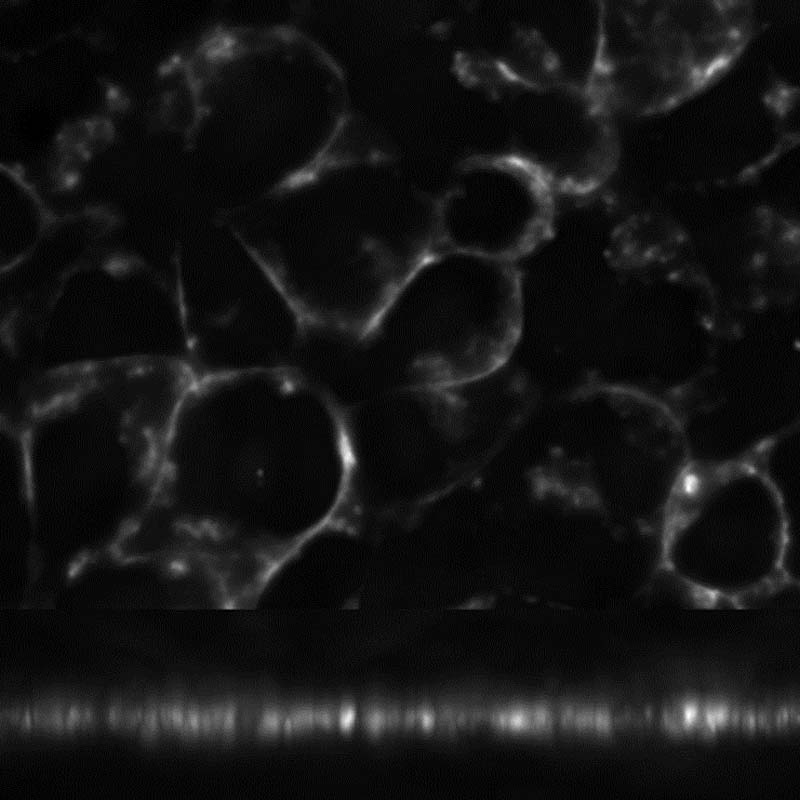
AutoQuant is still the most intuitive deconvolution software in the industry, using a simple yet elegant workflow to direct any user through the necessary steps to achieve repeatable image restoration.
Confirm Image Metadata
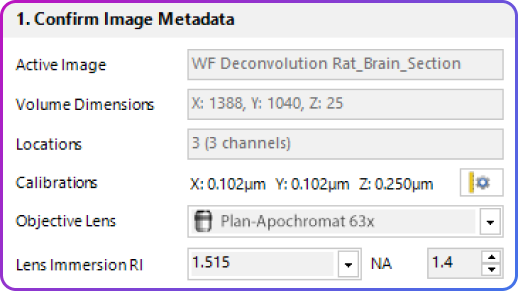
Confirm Channel Metadata

Choose Starting PSF
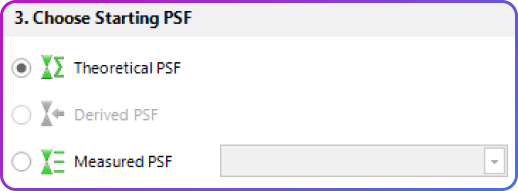
Choose Deconvolution Settings

Deconvolve!
While integrating the time-tested deconvolution algorithm in the new Image-Pro module, we conducted a series of laboratory tests to ensure the new integration is still trustworthy and that it still delivers reliable, repeatable results, even within a new platform. The whitepaper below details the results and conclusions of those tests.In short, all of our new tests yielded reassuring outcomes. The AutoQuant Fixed PSF and Adaptive PSF algorithms continue to deliver consistent improvement and reliable data in all cases, especially for 3D data where we observed nearly identical improvement. Indeed, none of our tests showed a significant difference in results. Therefore, the new module has been streamlined to focus on the Fixed PSF algorithm alone for 3D images, making setup faster and generating the same quality data as previous AutoQuant versions.
View WhitepaperFor computationally-intensive applications like deconvolution, being able to process thousands of mathematical calculations at once is preferable to processing a few at a time. In short, you have more bandwidth available when you utilize the GPU rather than the CPU allowing for faster processing of the image.
GPU Accelerated
GPU Accelerated
Certain portions of the deconvolution process still occur on the CPU, notably the initial setup. Once this is complete, AutoQuant accesses the many GPU processor cores that carry out the actual iterative deconvolution. The final results are then transferred back to the CPU and saved.
Use Image-Pro's native Batch Processing to select a folder of similar images to be deconvolved.
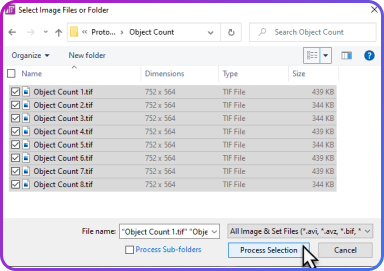

AutoQuant

AutoQuant

3D Viewer

2D Automated Analysis

3D Analysis
| Standalone | New Module | |
|---|---|---|
| Macro language |  |
|
| OME file and metadata support |  |
|
| Theoretical PSF for STED Modality |  |
|
| 3D Movie Maker |  |
|
| 3D Viewer |  |
 |
| Image Adjustments and Correction |  |
 |
| Image Import and Set Builder |  |
 |
| Spherical Aberration Correction |  |
 |
| Batch Processing |  |
 |
| GPU Acceleration |  |
 |
| Inverse Filter |  |
|
| No/Nearest Neighbors Algorithm |  |
|
| DIC Restoration |  |